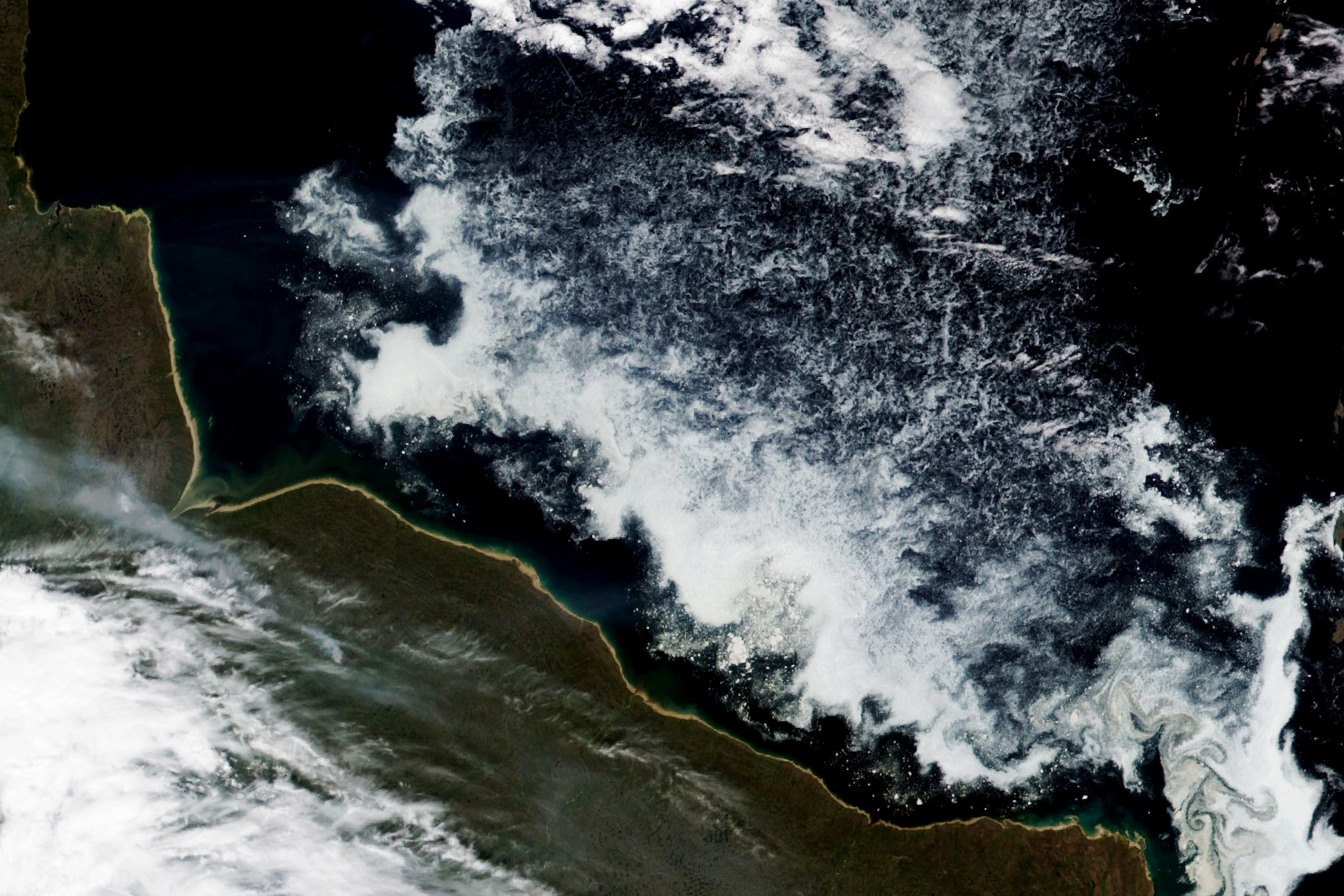NOAA’s NOAA-20 satellite captured the ice of Hudson Bay, Canada.

A large patch of ice is swirling in the southern part of the Hudson Bay, and ice is breaking up. Sea ice can linger on Hudson Bay into the summer, but it is usually gone by mid-August. Also, the rhythms of sea ice play a central role in the lives of the animals of Hudson Bay, particularly polar bears. When the bay is topped with ice, polar bears head out to hunt for seals and other prey. When the ice melts in the summer, the bears swim to shore, where they fast until sea ice returns.
The local scenery on the ground is as follows.

Reference: NASA Earth’s Tweet
See earthview photo gallery: LiVEARTH